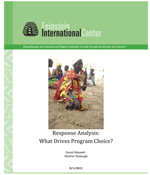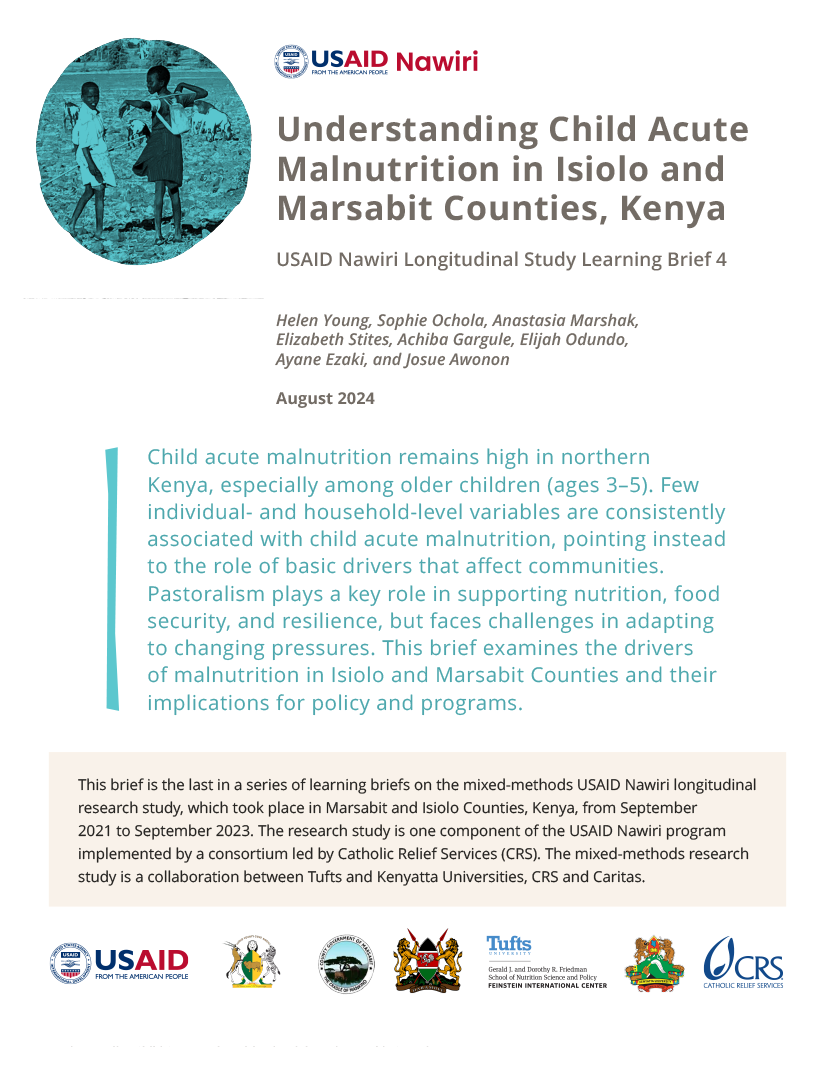A 2004 assessment of emergency food security interventions in the Horn of Africa found that programs consisted of a narrow range of pre-existing packages that were not based on available evidence or analysis, but rather on questionable assumptions, which resulted in little impact on improved food security (Levine & Chastre 2004). Since then, major efforts have gone into strengthening food security analysis, including the Integrated Food Security Phase Classification (IPC) tool (Food and Agriculture Organization 2006), the SENAC-ENCAP project, and various situational analysis and needs assessment tools as well as the development of various food security tracking indicators. At the same time, a much wider range of response options are available. Cash and market-based interventions have grown along with new modalities of in-kind food assistance. Furthermore, livelihoods support has greatly expanded and major improvements in nutrition programming have occurred with the development of new food products. But the question still remains: Have the improvements in analysis and expansion of program options led to improved food security programs?
This research considers “response analysis”: the analytical process by which the objectives and modality of program response options in an emergency are determined. The research question was whether improved analysis drives program response choices in humanitarian food security interventions? Answering this question requires two separate steps: (1) understand the link of food security and nutrition analysis to response choice and program design; (2) consider the impact of these programs in addressing food insecurity. This research protocol addressed the first step: the link of response analysis to response choice and program design. The objective was to better understand the details that agencies and donors use to make actual program choices in response to food security crises; understand approaches and methods (formal or informal) used in practice; and learn how to build a stronger evidence base of the way analytical practices can inform program choices.







